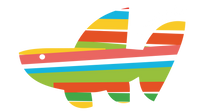The Only Guide to Surfing in Mexico You’ll Ever Need
There’s more to Mexico than sombreros, enchiladas, and tequila. Some of the biggest surfable waves in the Americas can be found on the Pacific coast of mainland Mexico.
Despite being a popular choice among SoCal surfers, when it comes to surfing Cabo, Northern Baja, or Mainland Mexico, the third-largest country in Latin America still boasts huge untapped potential for epic surf trips. There are classic point breaks, tubing beach breaks, and strong offshore winds; you name it! And, the further south you go, the more deserted the beaches become.
A quick note on surfboard rentals is that there are few options in Mexico and thus you really want to travel with your surfboard. Check out Wave Tribe’s hemp surf bags for the trip.
Where & when to surf in Mexico
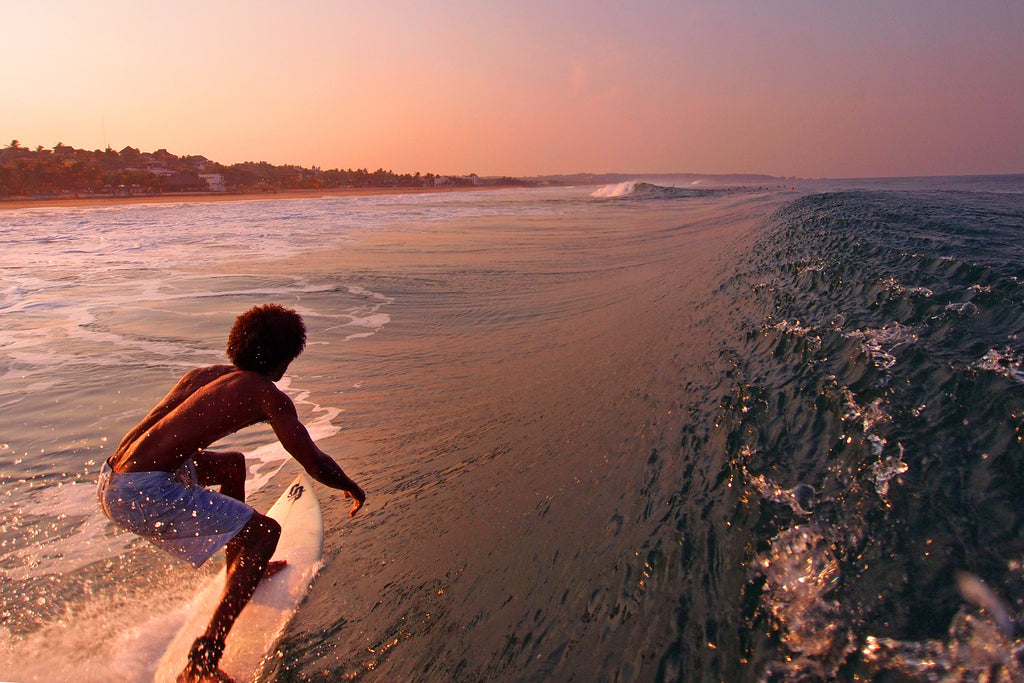
Photo credit: Bryce Bradford via Flickr
With 5,797 miles (9,330 km) of coastline, Mexico is a true paradise for surfers. However, the best surf can be found on its Pacific coastline, which is 4,560 miles (7,338 km) long and dotted with firing point breaks and barreling beach breaks. There are plenty of beginner-friendly beaches, as well as some huge waves to be found here. Overall, Mexico is a great place to surf with tons of barrels. A lot!
Windy Baja California, with its chilly water, is a swell magnet known for producing some of the best waves in Mexico. Unfortunately, there are no secret surf spots in northern Baja anymore, as San Diego day-trippers have been exploring the area for decades. But, if you go further south, crowds will no longer be an issue.
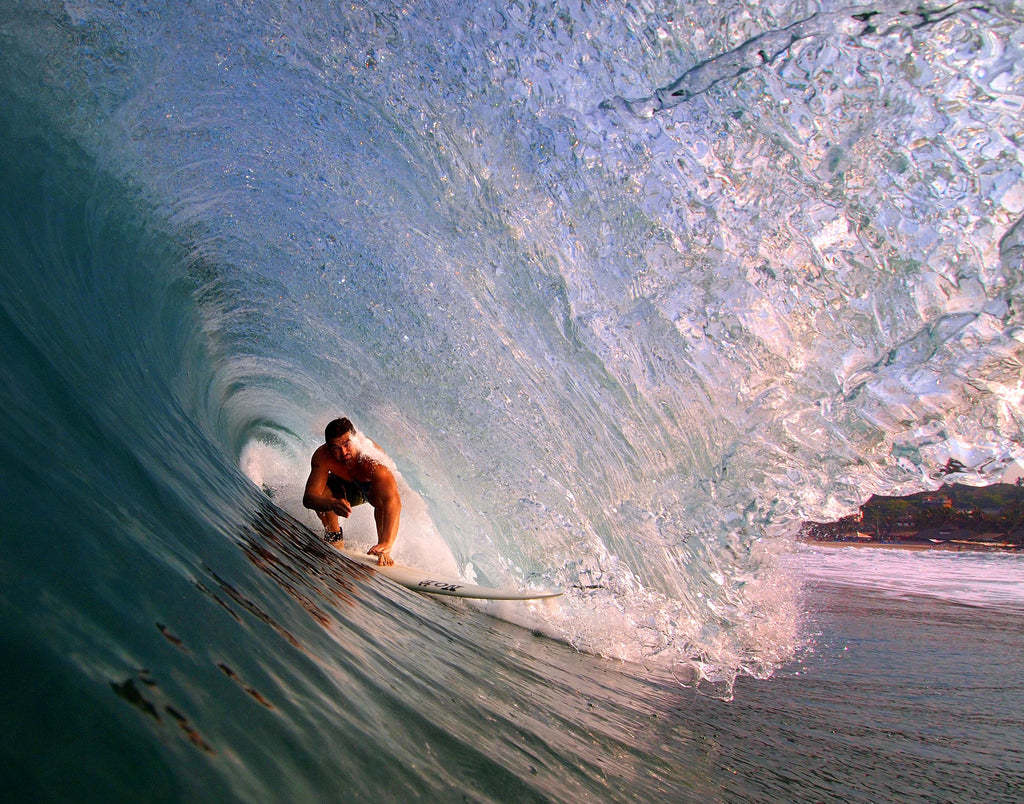
Photo credit: Bryce Bradford via Flickr
Surfing in Nayarit means uncrowded line-ups and hardcore breaks, as well as plenty of beginner-friendly and longboarding spots. Surfing at Puerto Escondido is on any surfer’s bucket list and, while you should expect some heavy line-ups at some of the more popular breaks, you will also find beaches without a soul in sight.
The crystal-clear azure waters of Mexico are warm all year round in most regions except the northern ones. Water temperatures stay around 80° F (26 ° C) in Central and Southern Mexico, but they can drop below 70 ° F (21° C) during winter months in Baja California.
Mexico receives consistent swell all year round, with powerful waves being generated by the Southern Ocean. The peak surfing season lasts between May and October, during hurricane season, when the waves are big and consistent. However, you’re bound to find good conditions in most regions throughout the year.
Are you ready to catch a wave in sunny Mexico? From Baja California Peninsula all the way to Oaxaca, tag along as we explore the best surf spots in Mexico.
Rosarito, Baja California Norte
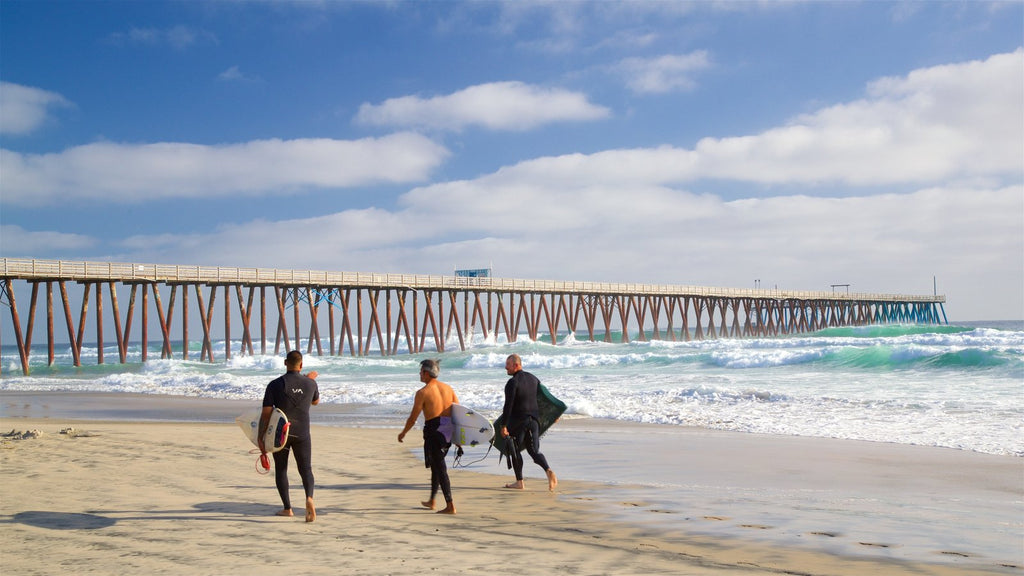
Photo credit: expedia.com
Best for: all levels
Approximately 20 miles (32 km) south of the US border, the beaches in the Rosarito area are quite easy to get to and are, therefore, quite touristy and crowded. Nevertheless, the exciting breaks here are well-worth the hassle.
Baja Malibu is the most popular in the Rosarito area, home to a punchy beach break with glassy waves that promises the ride of your life. Rosarito Beach is a long and exposed beach break, and further south, Calafia is a right-hand point break that regularly produces head-high to double overhead-high waves.
Let us not forget the spine-tingling breaks at K-38, K-38.5, and K-39. K-38, better known as El Morro (“The Promontory”), is a legendary fast and hollow right that can get quite crowded. On busy days, you still have a chance to escape the crowds at k-39.
Best time to go: Summer and autumn, but there are good conditions all year round. Derek's favorite wave in Northern Baja in K38.
Ensenada, Baja California
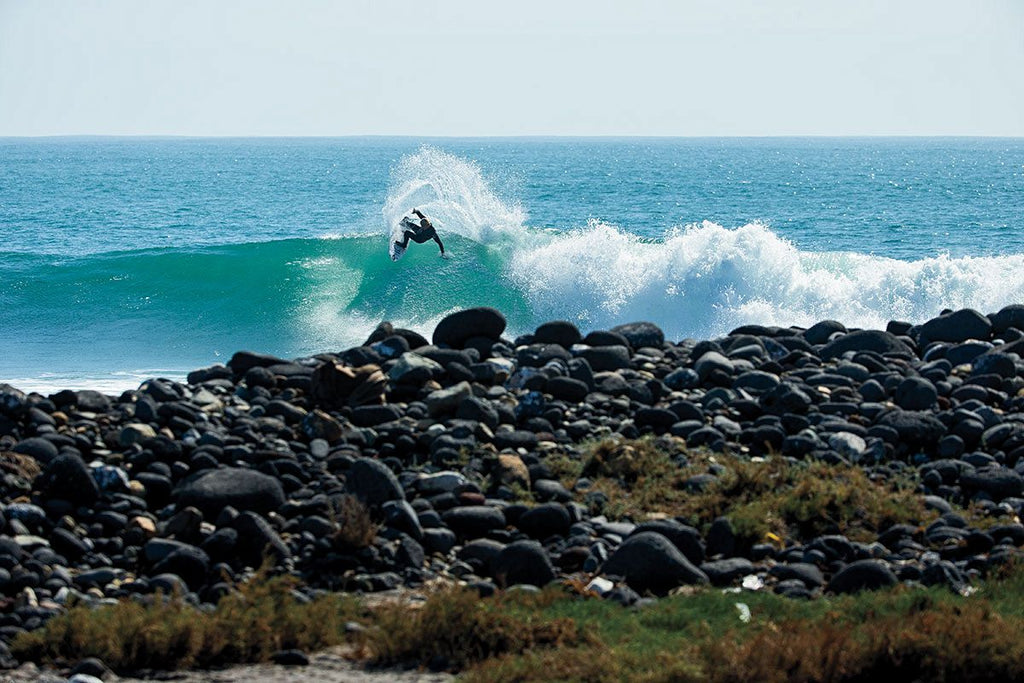
Photo credit: surfer.com / Carey
Best for: intermediate to advanced surfers
The unofficial birthplace of Mexican surfing, the beaches at Ensenada were first explored by American surfers in the early 1960s. Only 70 miles (112 km) south of the US border, they continue to be a popular day-trip destination for SoCal surfers.
The best surf can be found at Playa San Miguel, a black-sand surf beach just north of town, where some incredibly long rides await. Playa Hermosa is great for those who are still learning to surf, as well as for those looking to take their skills up a notch. And, of course, we cannot leave Ensenada before stopping at Isla Todos Santos, home to one of the best big wave surfing spots in Mexico, which goes by the name of Killers.
Best time to go: Powerful swells hit the coast during winter months. Even though the water is slightly warmer than in the US, it is still pretty cold so make sure you pack a wetsuit.
Todos Santos & Cabo San Lucas, Baja California Sur

Best for: intermediate to advanced surfers
The stretch of coastline between Cabo San Lucas and Todos Santos is internationally renowned for its quality breaks. What’s more, these are less crowded than the breaks in Northern Baja and the water is warmer.
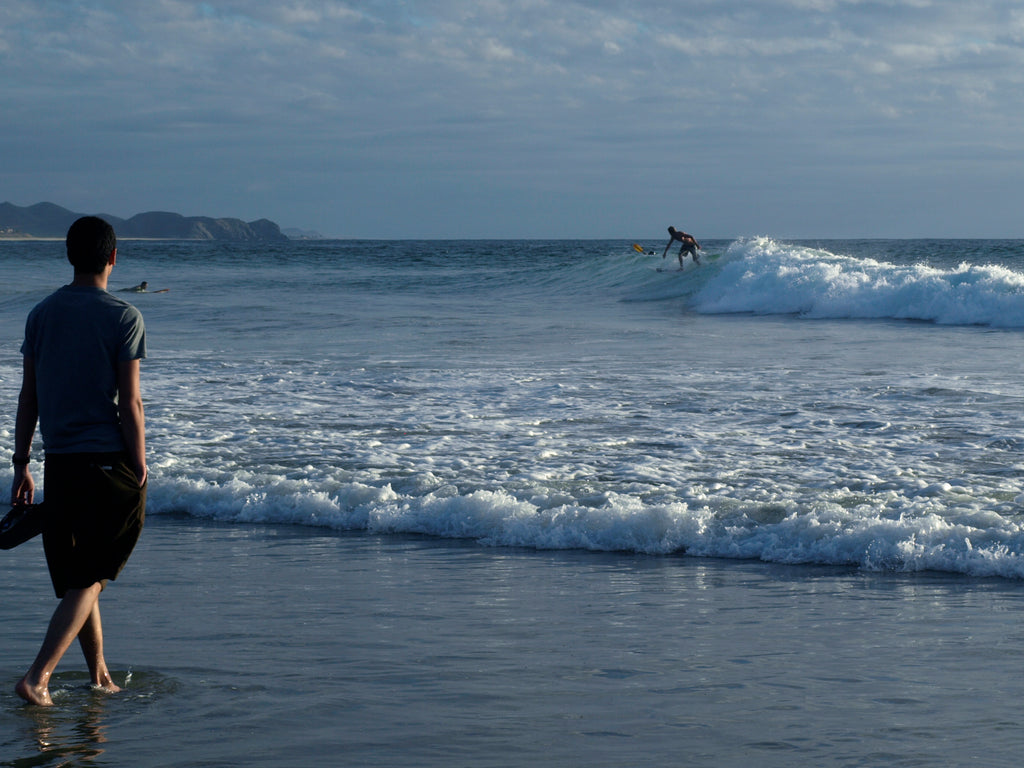
Photo credit: Jill.S via Flickr
North of Todos Santos, La Pastora is a right-hand point break that often gets triple overhead, reserved for advanced surfers. Only 20 minutes south of Todos Santos, Playa Los Cerritos is a favorite among longboarders and surfers looking to camp on the beach and enjoy the warm weather both day and night. Playa Pescadero is an uncrowded A-frame reef break for intermediate to advanced surfers.
Near Cabo San Lucas, Monuments is a short and spinning left-hand point break for experienced surfers. But the one that always steals the spotlight is the world-famous Zippers near San Jose del Cabo, a fast right-hander that has been the venue of numerous surfing competitions. Other breaks worth mentioning are Shipwrecks, a punchy right-hander; and Nine Palms, a fun and fast wave for progressing beginners and longboarders. When there is a ton of swell this is a great shortboard wave too and Derek recommends 9 Palms above all others in the Cabo area.
Best time to go: Summer months offer the best conditions.
✅ See our article on Los Cabos for a more extensive surf guide to this area.
San Blas, Nayarit
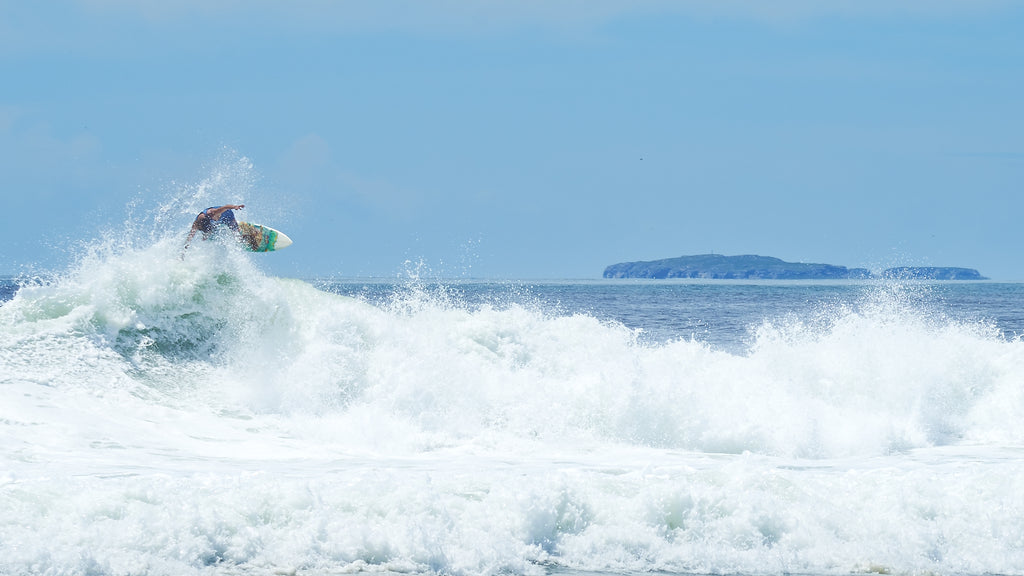
Photo credit: netOrX
Best for: all levels
The legendary break at San Blas’ Matanchén Bay is considered by the Guinness Book of Records to be the longest surfable wave in the world. Las Islitas offers rides that can cover 5,700ft (2,250m). Even better, this one is a mellow wave that is suitable for all levels.
Towards the end of Playa Las Islitas, Stoner’s Point is a classic point break that is recommended for more advanced surfers.
Best time to go: Summer months.
Sayulita, Nayarit
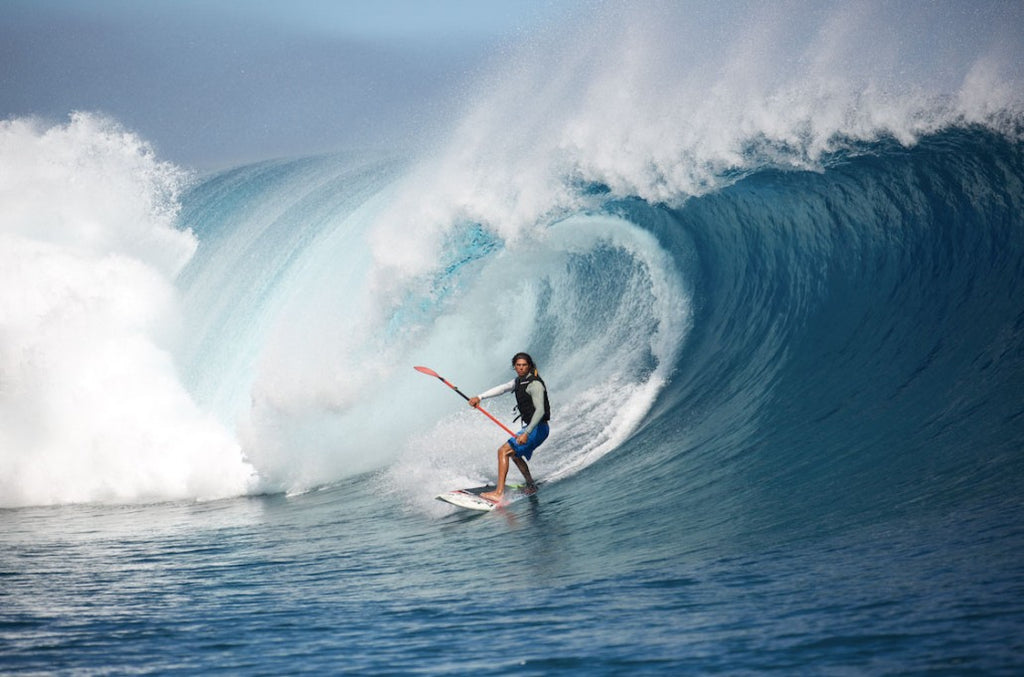
Photo credit: puntasayulitamexico.com
Best for: beginners and intermediate surfers
North of Puerto Vallarta, Sayulita is one of the world’s hippiest surf towns, all thanks to its great vibes and good wave reputation. A paradise for longboarders and beginners, there is a wide variety of mellow breaks to choose from, both lefts and rights, offering long rides and consistent swell.
Best time to go: Between December and April, but you’ll find good conditions here all year round.
Mazatlán, Sinaloa
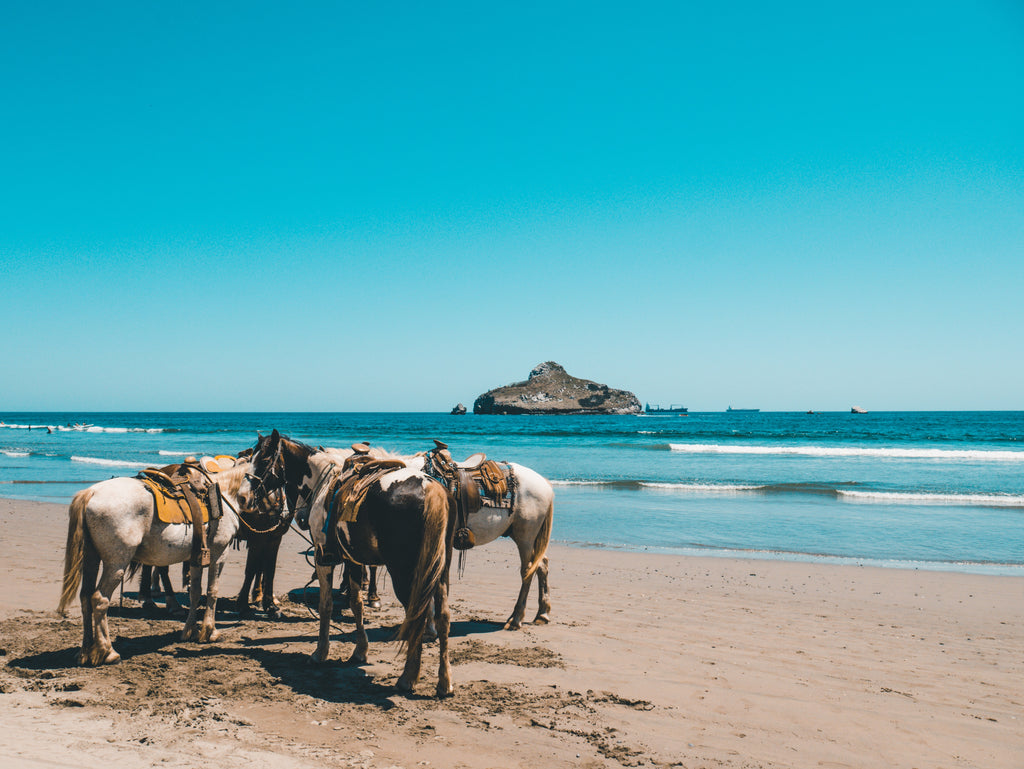
Best for: all levels
Home to some of the best all-rounder surf beaches in Mexico, Mazatlán is a magnet for south and southwest swells. The hollow and fast point breaks in the area offer some incredibly long rides of up to 1,600 ft (500 meters), with numerous barreling sections. There are plenty of A-frame breaks, most of them with sand bottoms, which cater to every level and taste.
Playa Los Pinos offers excellent surf for beginners, while Playa Olas Atlas, literally meaning “big wave,” is recommended for more experienced riders.
The warm Pacific Ocean on Mazatlán’s coast is a playground for a variety of water sports, including windsurfing, kitesurfing, scuba diving, and snorkeling.
Best time to go: Between April and October. Excellent conditions can be found all year-round, and the swell is mellower between November and April.
Cuyutlán, Colima
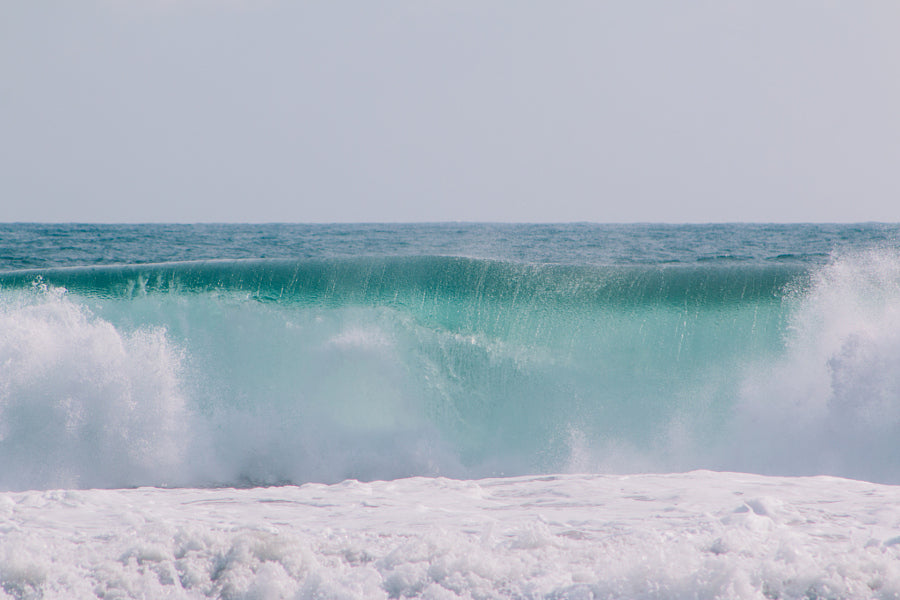
Photo credit: Mario Chavez via Flickr
Best for: intermediate to advanced surfers
If you love collecting sunsets, not things, then Cuyutlán should definitely be on your list. This is the home of La Ola Verde, meaning “green wave,” a phenomenon that appears when the sun begins to set and is reflected in the sea. Add to that the stunning black sand beach, hollow waves, the picturesque oceanfront promenade dotted with cafes and restaurants, coconut farms, and a quaint seaside town, and you have your next surfing destination all figured out!
Best time to go: Between May and October, when big waves hit the shores.
Pascuales, Colima
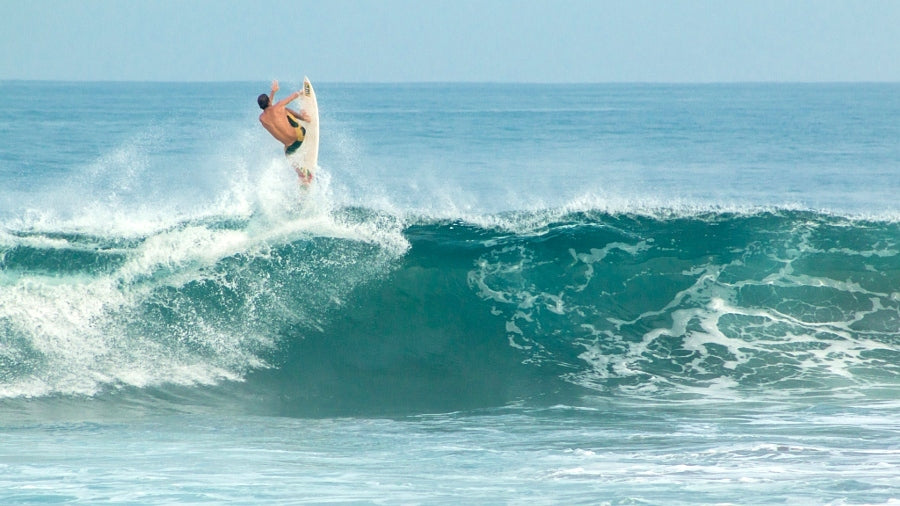
Photo credit: Mario Chavez via Flickr
Best for: experienced surfers
In the tiny state of Colima, Pascuales is not for the faint of heart. This monstrous rivermouth beach break has some of the best barreling tubes you’ve ever seen, just begging to be ridden. But this treacherous break has a reputation of breaking boards, so make sure you bring at least one spare.
Breaking both left and right, Pascuales is a lesser-known and relatively uncrowded beach break. Heavy and shallow, with spitting tubes, the waves here can reach 30 ft (9 meters) and more.
Best time to go: Winter is often considered the best time to surf at Boca de Pascuales, but huge waves can be found in summer too.
La Ticla, Michoacán

Best for: intermediate to advanced surfers
An off-the-beaten-path surfing destination in Mexico, La Ticla is a long left-hand point break found at the mouth of the Ostula River, in an ecologically protected area on the southwest Mexican coastline.
The year-round consistent swell that hits the coast of the small town of La Ticla produces some punchy and hollow surf that is recommended for more experienced surfers.
Check our Wave Tribe's very first video from La Ticla back in the day.
Best time to go: Between November and April.
Troncones, Guerrero

Photo credit: smansmith via Flickr
Best for: all levels
A former fishing village turned surf hotspot, Troncones is the proud home of a number of consistent breaks. Described as one of the best destinations for beginner surfers in Mexico, Playa Troncones is an A-frame beach break 3 miles (5 km) south of Manzanillo. Also, here, Troncones Point is a left-hand point break that all levels of surfers can enjoy.
North of Troncones, The Ranch is widely considered one of the best surf spots in Mexico. This A-frame point break has been a well-kept secret for many years, and remains an uncrowded surf spot to this day, suitable for all levels. Nearby La Saladita is a long peeling left-hand point break, one of the longest in Mexico, that is a favorite among longboarders.
Best time to go: Summer months, between May and October. Good waves can be found all year round.
Acapulco, Guerrero
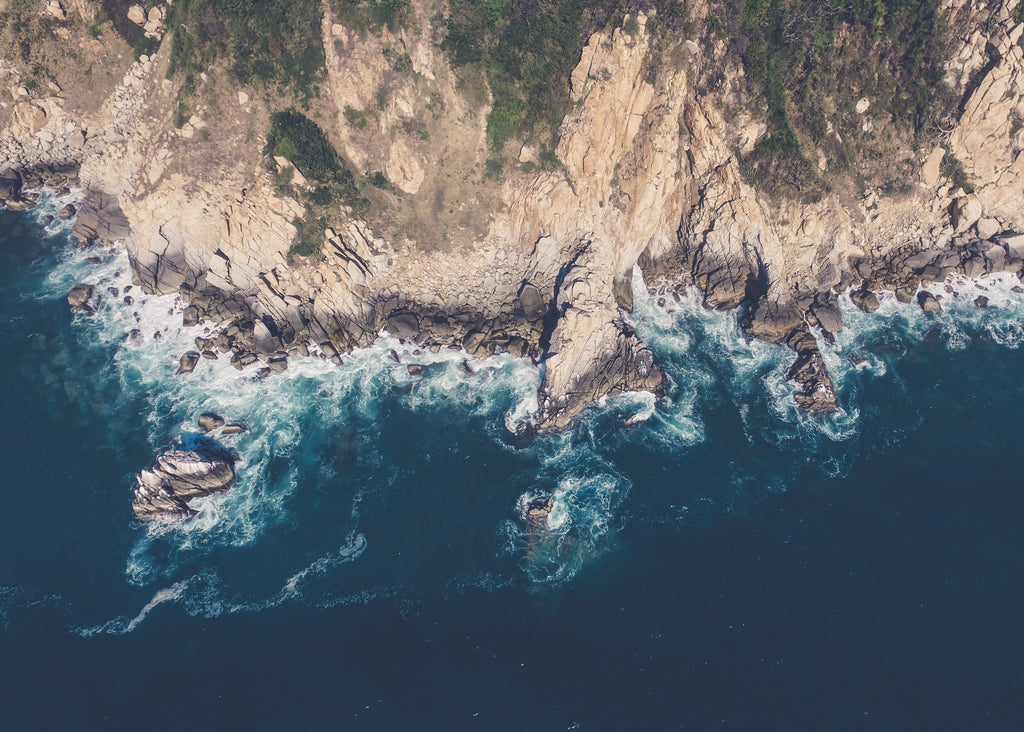
Best for: all levels
A hotspot when it comes to nightlife on the Pacific coast, Acapulco is often associated with hedonism and a lively party scene. But what most people do not know is that the calm water in Acapulco Bay offers ideal conditions for surfing and windsurfing.
The best waves can be found at Playa Revolcadero, an A-frame beach break for all levels. Experienced surfers looking for bigger waves will not be disappointed with Playa Pie de la Cuesta, while Bonfil is an A-frame beach break with some long waves that are just perfect for practicing. I like staying in Zihuatanejo just northwest of Acapulco because it’s more relaxed and has chill vibes.
Best time to go: April through September
Puerto Escondido, Oaxaca

Photo credit: Bryce Bradford via Flickr
Best for: advanced surfers
Surfing in Mexico would not be what it is today were it not for Playa Zicatela, a legendary beach break that pinned the country on the surf map. The low-key fishing village of Puerto Escondido is home to a spectacular barrel that is widely considered the world’s best beach break. Better known as the “Mexican Pipeline,” Zicatela is often compared to Hawaii’s pipelines.
Frequent offshore storms and hurricanes produce waves that can reach 30 ft (9 meters) or more during peak surfing season. Hollow and fast, this pounding beach break offers some unbelievably round barrels, and is known for snapping surfboards.
South of Puerto Escondido Bay, La Punta is a left-hand point break that is just perfect for beginners thanks to its easy take-off and slowly peeling walls. The waves here are a bit smaller than the ones at Zicatela, and therefore easier to ride. They are, however, still hollow and fast, but usually less crowded.
Best time to go: The official surf season lasts between March and December, which is longer than the average in other surf spots in Mexico. However, the best waves can be found between May and July.
✅ Most flights go through Mexico City to get to Puerto Escondido and if you have some time there are some fun areas to explore like the Archaeological Museum and Teotihuacan.
Barra de la Cruz, Oaxaca
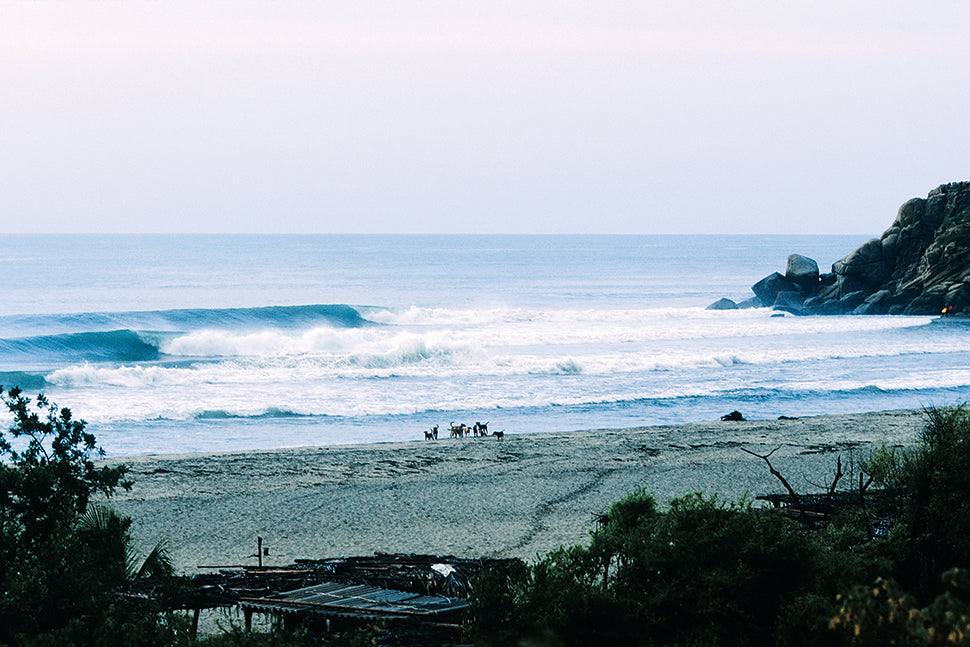
Photo credit: surfer.com / Woodworth
Best for: intermediate to advanced surfers
In 2006, Barra de la Cruz hosted the ASP World Tour, thus cementing its place on the international surf map. The surf community, chilled-out vibe, and the world-class right-hand point break here are what make the spot so famous among barrel-chasing surfers. This is a deserted beach, with the nearest accommodation being a 30-minute drive away, in Huatulco. But that’s a small price to pay for such a beauty.
Best time to go: You will find reliable swell between March and October, but the best waves fire up in June and July. Beginners can find friendlier conditions between November and February.
*Cover photo credit: Bryce Bradford via Flickr
Learn how to properly store and take care of your surfboard here.
---------------------------------------------------------------------------------------------
Once you’ve finished exploring the waves in Mexico, why not continue south to Guatemala and hit the surf in El Salvador too?
~Octavia Drughi, Writer for BookSurfCamps.com.
Some other places worth checking out are the wave La Lancha at Punta Mita, Salina Cruz, San Pancho and Carrizalillo.

